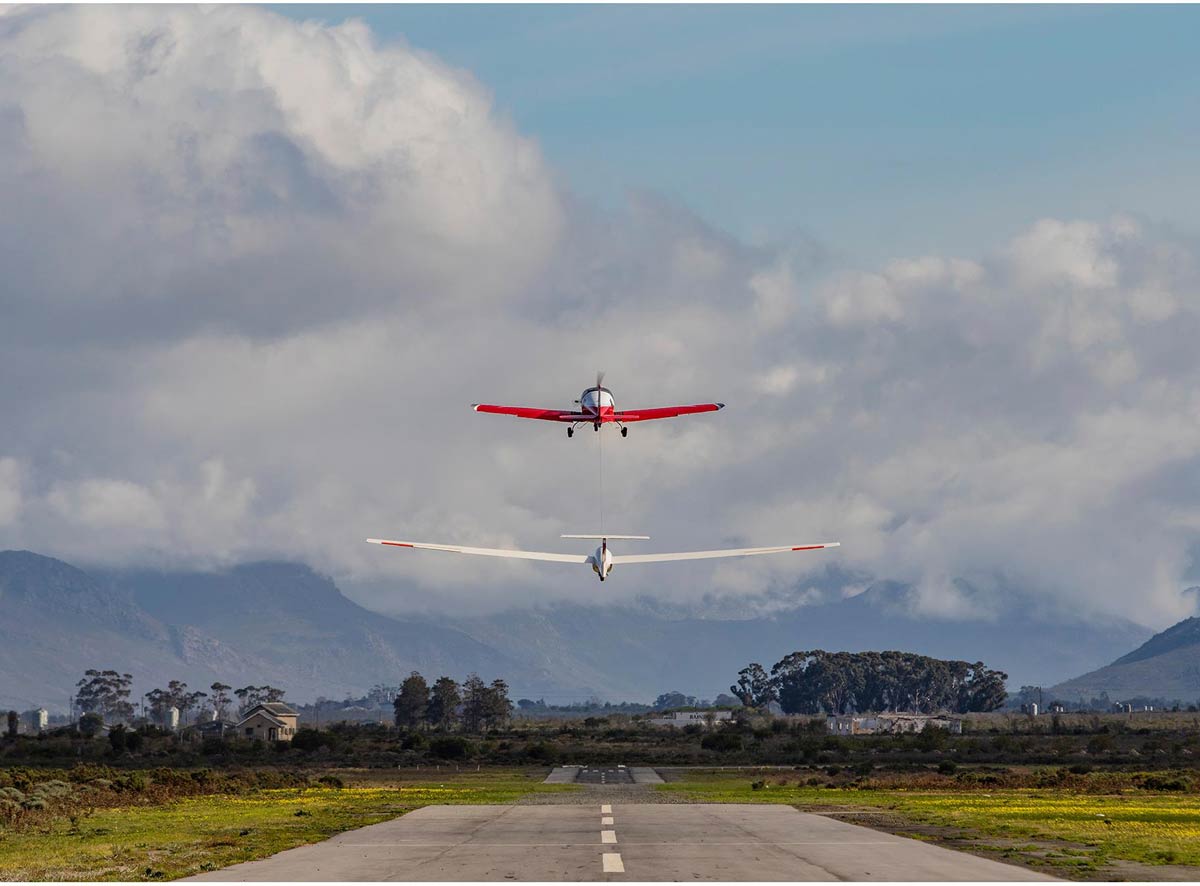The Other End of the Tow Rope

Before I get started, I want to make something very clear. I have been a tow pilot for about a year and a half now and in no way have the experience like some reading this may have when it comes to towing gliders. But one thing that I’ve noticed is that most tow pilots have a glider rating, however, most glider pilots do not tow. So that was the inspiration for this article, let me put you in the perspective of flying the towplane. Because as some may forget, even though soaring is a hobby and passion; there is another life, just like yours on the other side of that rope.
More tug upsets than ever
The British Gliding Association has compiled data over the past few decades and came together with this information. Between 1978 to 1985 there were five fatal incidents, after that, the incident rate went to less that one per year until 2008. From 2008 to 2018 the frequency went to three per year, and in 2019 there were seven fatal accidents. My point is this, we need to do better than this as glider pilots, tug upsets are preventable. But when you become complacent on aerotow, you are putting someone's life in jeopardy. Period.
Towing, from the tow pilots point of view
Think of it like Newton's Third Law, for every action, there is an equal and opposite reaction. That same theory applies to aerotow. Let’s say you are in a 2-33 that weighs about 1,000 LBS give or take, attach that 2-33 to a towplane with a standard 200 FT tow rope and you now have a lot of weight and a lot of responsibility to maintain safe position during the tow.
The glider gets high on tow…
Much like a see-saw, if the glider gets high the weight being exerted by the glider to the towplane is raising his tail because we are essentially lifting it up. And if that tail is getting high, his nose is getting forced down.
So the glider gets high, the tow pilots' nose gets pushed down and they begin to bring aft elevator to keep the pitch from changing. At this point, if I am towing and I am having to feed in some back pressure all of the sudden I am on high alert. Hugh Grandstaff, who has written in this same newsletter, told me when I got my towing endorsement is when I start having to compensate on my end for what the glider is doing. My hand should be headed towards the release so I am ready to release from my end if the situation begins to get worse. I am still flying my airplane, prepared for release if I have to, and eyeballing that glider in my mirrors. Most times the glider pilot will fix their mistake and get back in normal position, except for a few rare times. However, if I begin to run out of control authority I have no problem snatching my release and feeding the glider pilot their tow rope.
The glider pilot gets low on tow…
Here we have a bit more control of the situation. What we consider “high tow” is actually level with the towplane, and what we consider “low tow” is below the wake. The situation becomes the same but just in reverse. If the glider begins to become extremely low the tail will be forced down and the nose will be pushed up. Again, if I start running out of control authority in the towplane, I will release and you will get the rope.
The glider pilot gets way too far out to either side…
If the glider gets too far out of either side, the tow pilot will begin to lose rudder. If you are way out to the right, my nose is going to begin yawing to the left so I must compensate with right rudder. And just like what you have read above, when I start to run out of rudder authority, I will release and you will get the rope.
What makes a safe tow… safe?
This rule applies to anything in aviation, always fly the airplane. Fly the airplane if the canopy comes open at 100 FT AGL, fly the airplane if a snake is crawling up your pant leg, fly the airplane if you realize after liftoff that your tail dolly is still on, or even when you want to adjust that Cambridge vario volume to be louder since the wind going over the canopy is too loud to hear it, fly the airplane. Fly the airplane into the trees if you find yourself over nothing but forest. Always. Fly. The. Airplane. When you stop flying your airplane, your chance of damage to the plane, the tow pilot, and yourself skyrockets.
What is one of the many things that we as glider pilots do that power pilots don’t worry about? Aerotow. So when that canopy flies open and you are still on tow, you fly your airplane, and part of you flying your airplane is to make damn sure you are in a safe position relative to your towplane. If you are not in a safe position behind the towplane, you need to release. And if you have lost sight of your towplane and haven’t released already as you should have, you were not flying the airplane.
Factors that can lead to unsafe aerotows
-Gliders with C.G. hooks
Take this comment with a grain of salt. Flying a C.G. hook equipped glider is only dangerous if you let it be, just flying with a nose hook can be dangerous if you let it be. A glider with a C.G. hook is literally being towed from the center of gravity of the sailplane, this results in the glider being more sensitive and more chance of pitch oscillations than a traditional nose or chin hook. But do not fall victim to thinking that just because it has a C.G. hook means you shouldn’t buy or fly that particular glider.
-Lack of experience with aerotow
Just like anything, if you don’t have much experience on aerotow, especially in bumpy conditions, consider going up with an instructor and feeling more confident before going solo. There is absolutely no harm in asking for some help.
-Bumpy Conditions
Guess what, our best distance and duration flights often come at the cost of having a bumpy aerotow. When it’s bumpy do not be afraid to be a bit aggressive with your control inputs if it results in staying right behind your towplane. It’s better than being gentle and finding yourself with a ridiculous amount of control deflection and most times a slackline bow.
There are many more factors, and I highly encourage you to read about these in your training books.
The main point
The point is this, fly your airplane and think about how you getting complacent while on tow can have fatal results. If at any point you feel like you are unable to control or fix your position on tow and are nearing or already at a dangerous position. RELEASE. And if at ANY point you lose sight of your towplane, RELEASE. Even if it means a straight-ahead landing off-airport. I think a large factor of why gliders take so long to release (if they do) once they become dangerously out of position is because they tell themselves in their head “this can’t be happening to me!” and try to normalize it, and while this is happening you are just getting, even more, our of position. Guess what, it can happen to you, and if you need to release, do it. Don’t try to normalize something that is NOT normal. We as glider pilots are better than this, but we need to fly our airplane, we need to maintain proper tow position, and we NEED to remember the consequences if we don’t.






